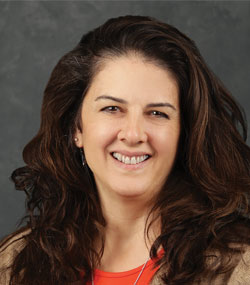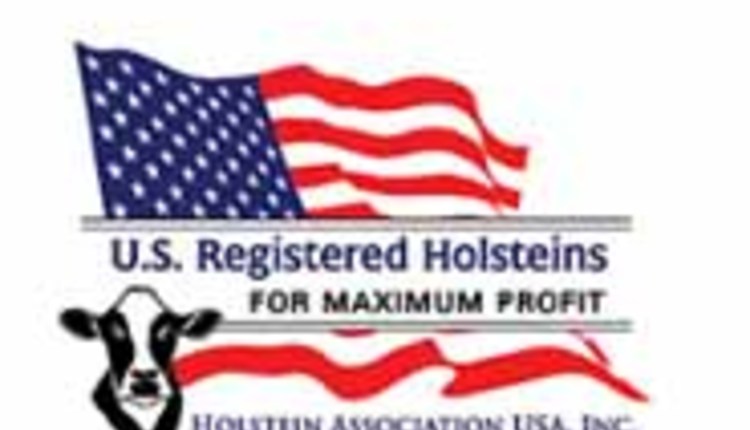
Several years ago, Duane and I took advantage of a cost share program with our county conservation organization. We allowed them to install a fence around the stream that runs through our meadow.
The ecological buffer is 25 feet wide on both sides of the water and runs the length of our pasture. Numerous trees and shrubs were planted within the fencing, acting as a natural buffer for the creek.
One of the reasons stream bank fencing is a best management practice on the farm is because cows like to stand in the water when the weather is warm. You know as well as I that most likely where they stand, they will plop their manure, and that adds unnecessary nutrients and sediment that eventually reach the Chesapeake Bay.
All of this was done to make our dairy farm a better place environmentally. It is not going to save the bay, but all the environmental decisions add up and make a difference. Small changes add up to a larger impact.
The Chesapeake Bay is less than an hour away from our farm. In a matter of days, the water running through our farm is part of a much larger body of water that is a focal point for conservation organizations at the county, state, and federal level.
I would argue that dairy farmers in particular have gotten a bad rap for the bay’s nutrient level. There also needs to be a strong accountability of all the industrial dumping, housing developments, and macadam from roads that impact the watershed. The bay’s issues should not fall solely on farmers’ backs.
The bay is a focus area for many people, and our family is included in that tally. I enjoy the food, fun, and fellowship we have when we are there.
The choice to put up fencing was a win for the farm and for the watershed. I am a proponent of everyone doing their part, and when we put in the fencing and foliage, it was a good feeling.
Our milking herd does not use our pasture, but we still have heifers and dry cows that are out during the spring, summer, and fall. I understand that depending on where in the country your dairy sits, you may not have an opportunity to utilize a pasture. Even if you do not have a pasture, there are unique places around your farm that provide habitat for wildlife.
One of the best results of the stream bank fencing, and it is more apparent each year, is the wildlife that lives in the fenced area. The brush, trees, and tall, undisturbed grasses are the perfect habitat for several species of birds, fox, muskrats, turtles, and, I am sure, snakes. I try not to think about the snakes.
I believe this is one of the most unsung stories of our farms. Without our farm and the willingness to protect the stream, there would be a lot of creatures without a home. In a time when telling our story is so important, the ecology story of providing a habitat for wild animals is a good one to tell.
We are not alone in this practice; stream bank fencing has become common in our area. It is nice to see this grow year after year.
It is not unusual for me to see a blue heron flying low over the creek or standing on a rock. Many times, I will see a fox running by the fence, likely looking for a small rodent. A pair of red-tailed hawks are always nearby, and we often see eagles soaring overhead.
At one of our recent Dairy Management Inc. meetings, a fellow dairy farmer from Florida brought up the point that our dairy farms are habitat areas for many species of wildlife. Honestly, alligators fall into the same category as snakes for me, but I guess they have a purpose and are part of the circle of life. Either way, his mention of farms being a habitation home made me come back to our farm and look around a little closer than before.
Another board member from Arkansas shared the same thought about the wildlife living on his dairy farm. The cool thing is that the wildlife found in each region of our country is different, but the opportunity to provide habitat is there on all of our farms.
Many times, I am so focused on the cows that I forget to look past them to see what else is out there. Granted, the blue heron and fox do not impact the bottom line of my financial statement each month, which is why we cannot lose sight of the cows. However, there is a consumer-centric story in the stream bank. These practices show that we care about nature, it shows our ecology driven mindset, and it is a clear picture that there are things outside of our barn that matter to us.
I have not yet bought a pair of binoculars to focus more clearly on the wildlife. However, when I was working in the flower garden this week, a hawk screeched overhead, a heron flew along the bank, and as a yellow flash caught my eye, I noticed a small yellow bird that perched in a tree by the creek. I am glad we can provide a home for them.
The author and her husband, Duane, own and operate a 550-cow dairy in Cochranville, Pa.










